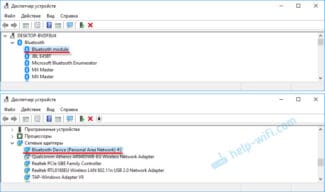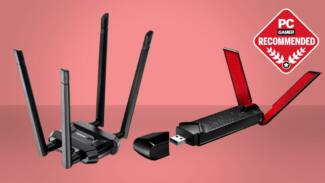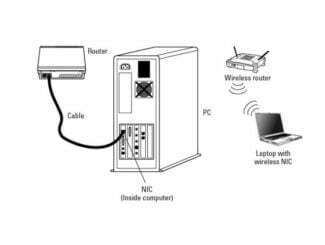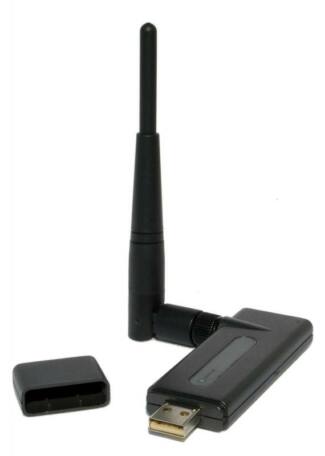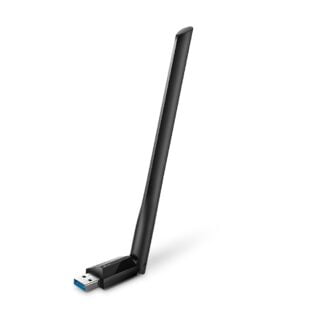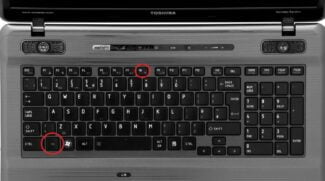Almost everyone today is constantly using such a device as a power adapter. But what is it and what is it for? The article describes power adapters. We will look at the purpose of these devices, their characteristics and types.
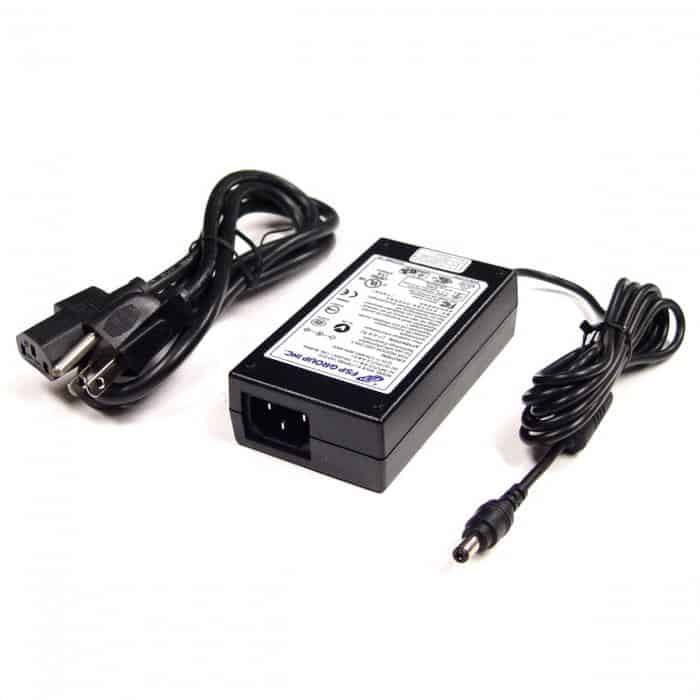
PLC adapter: what is it, how does it work, how to connect and configure it?

Recently we have been receiving a lot of letters from regular readers with questions about the PLC-adapter – how to use it, what it is and where to buy it. Firstly, let's try to answer the question – what is a PLC adapter? PLC is an abbreviation of Power Line Communication, which literally translates as "Power Line Communication". The principle of the technology is to transmit packets of digital information over an electrical network.
Yes, you heard right, it turns out that the electrical network that powers all of our devices can be used to transmit the Internet or to link multiple network devices. The first prototypes were not so slow and were able to transfer information at speeds of up to 10 Mbit per second. Yes, my first Internet was at 256 kbit per second. Now modern modules can transfer data at speeds of over 450 Mbit per second.
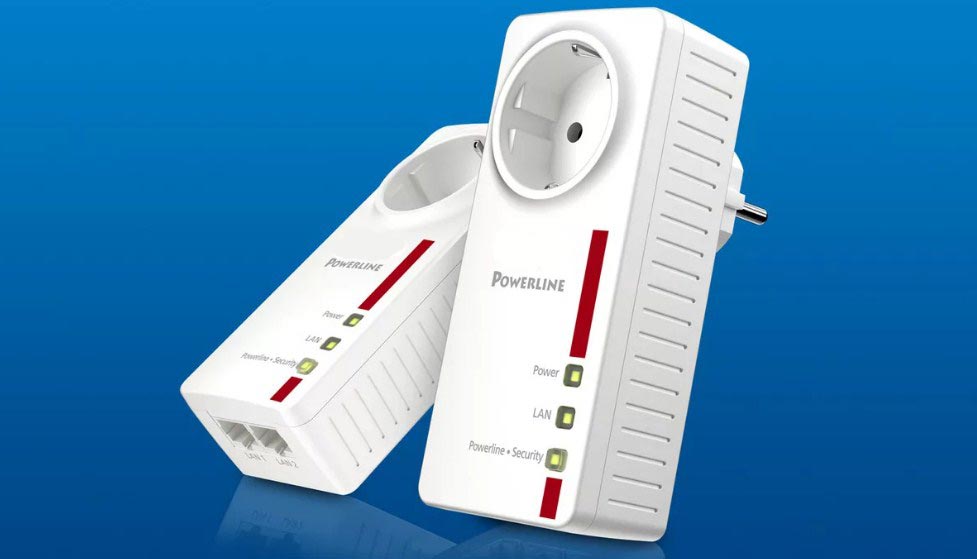
A little bit about the technology
The transmission principle is analog. The standard electricity remains unchanged. Standard alternating current with a frequency of 50 and 50 Hz, is simply superimposed on the analog signal. There are two kinds:
- Broadband over Power Lines. – Broadband over Power Lines. They are also used to transmit the Internet, since their speed is several times higher
- Narrowband over Power Lines – The speed is very low – only a couple of megabits per second.
How does it work? The signal as previously mentioned is transmitted analog, i.e. with a waveform. The data stream, in order to increase the speed, is split into several streams. Each stream diverges to its own frequency and is simultaneously transmitted to the final receiver. A range of 2 to 34 MHz is used.
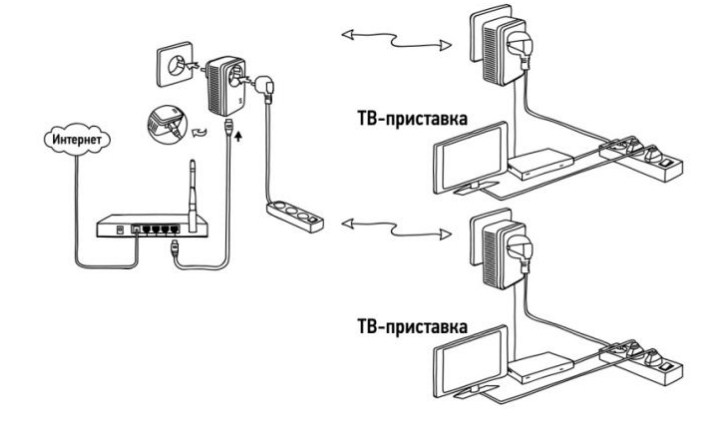
The task of the PLC adapter is to receive and send waves, encode and decode the signal for all network devices. This technology is widely used in places where it is difficult to run cable or to set up a wireless network of repeaters.
Here's an example. One house has Internet. It's connected to a router. From one of the LAN ports comes a wire that connects to a similar adapter. The adapter is connected to the mains. In the second house, any network devices can be connected to the second PLC-adapter. For example, you can connect a switch or router in the mode of "access points".
Power adapter and its purpose
Let's try to define this device. An adapter, or power supply unit, is an electronic device designed to produce an output voltage of a given magnitude and power. Household adapters convert alternating mains electricity into direct current, which is necessary for various types of equipment. In the CIS countries the power grid standard is 220 V with a frequency of 50 Hz, but in other countries these parameters may be different. Accordingly, the power adapter produced for such country will differ in terms of the working input voltage. What do you need such units for? Almost all electronic equipment has operating voltages in the range of 3-36 volts (sometimes there may be exceptions). After all, the operating range of most semiconductor components is set exclusively in low-voltage. This is due to the fact that such elements are characterized by small overall dimensions, emit little heat during operation and have a low power consumption.
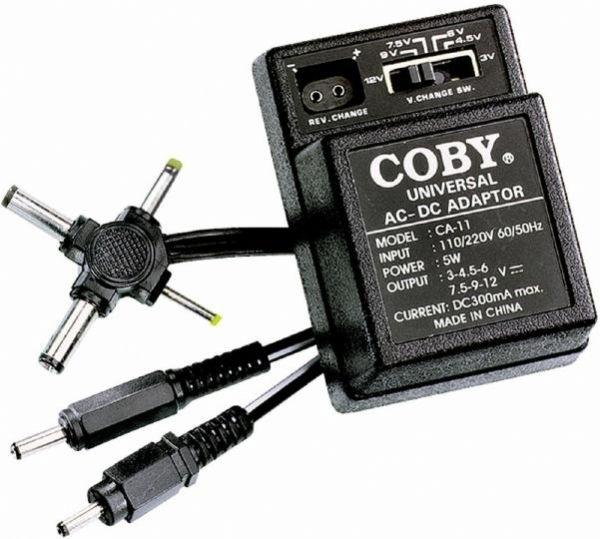
A power adapter is needed to provide this kind of equipment with operating voltage. It is much more economical to make a power supply for the equipment than to develop a device powered directly from the 220 V mains. For such devices you will need powerful, large-sized heat sinks. As a result, the size and price of such products will grow significantly.
Classification of adapters
First of all, power supplies can be divided into two main groups: external and embedded. From the name it is easy to understand that the latter are in a single case with the main device. A good example of such an adapter can be a power supply unit of a personal computer, in which the mentioned device, although allocated in a separate unit, but located in the general case. An external power supply is a constructive independent unit. For example, the charger for a cell phone, laptop, etc. Another characteristic by which adapters are distinguished is the manufacturing technology. From this point of view, there are transformer and electronic (pulse) power supplies. The former are characterized by large size and weight, simplicity, reliability, low cost and easy repair. Impulse devices, on the contrary, have small dimensions and light weight, but they are durable and stable in operation.
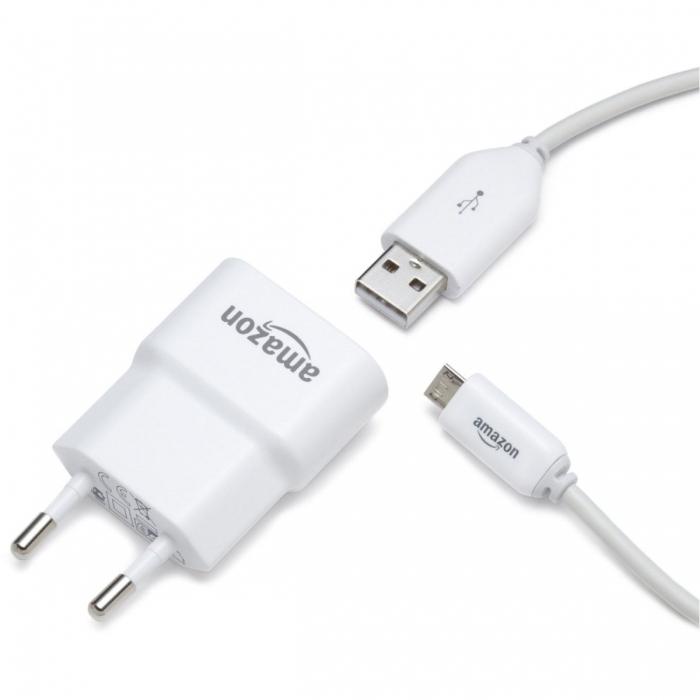
There are many private power supply solutions. They will differ in output voltage, current, etc. There is also a power adapter (universal), which is capable of outputting several different voltages. Such devices can power a variety of equipment. Universal units have a mechanism on the housing for switching the rated output voltage, and may also have different types of interchangeable plugs. The USB power adapter has been very popular lately. To such a unit you can connect a variety of devices that can be charged via a USB cable.
Classification of adapters
Power adapters are divided into two main groups: external and integrated. External adapter – a standalone unit, which can go either with or without any device. Most often, such units are small in size (for example, a charger for a cell phone, laptop, etc.). Integrated devices are structurally located in a single housing with the main device. Take, for example, the power supply of a personal computer. Here, the adapter is a separate unit, but located in a common housing. You can also consider an adapter for a television set. The device in this design can be spread across the entire board or assembled into a single unit.
According to the technology of manufacture, power supplies are divided into transformer and electronic (pulse). A transformer adapter is a device that contains a transformer in its design. These devices are characterized by large size and weight, simplicity, reliability, low cost; they are easy to repair. Pulse devices, on the other hand, are small and lightweight, they are durable and stable in operation.
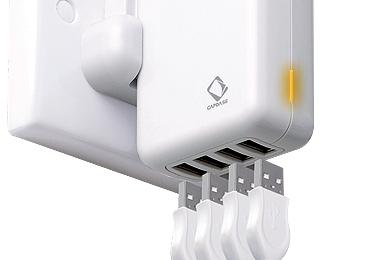
USB type adapter
Recently the USB-type switched-mode power supply units have been in great demand. This is due to the fact that many gadgets (tablets, smartphones, etc.) can be charged via a USB cable. This was made possible because the manufacturers of such electronic devices have adopted a common standard of power supply – 4.7-5 volts.
Well, that's pretty much all there is to it. In conclusion, let's add that thanks to a quality power adapter your equipment will receive the required voltage, and this, in turn, will certainly affect the stability and duration of its operation.
Read More:
